The journey from financial despair to dazzling millionaire status often seems like a myth, a tale reserved for the privileged or the preternaturally lucky. We hear whispers of immense wealth, yet often dismiss it as an unattainable dream, especially for those who start from scratch. But what if we told you that reaching a seven-figure balance isn’t just a fantasy? What if it’s a reality forged by ordinary people who dared to defy their circumstances?
These aren’t fables spun by firelight; they are the raw, often brutal, chronicles of transformation, proving that financial breakthroughs are within reach, regardless of where you begin. From individuals juggling minimum wage jobs to those facing monumental business failures, these stories shine a spotlight on the grit, the genius, and the sheer, stubborn will that rewrites financial destinies. They remind us that the air at the peak of financial mountains often tastes of iron—the iron of discipline, resilience, and an unbreakable mindset.
Forget the gilded narratives and the overnight success myths. We’re diving deep into the heart of real-life financial metamorphoses, dissecting the practical strategies and profound mindset shifts that turned seemingly impossible dreams into tangible wealth. Get ready to be inspired by those who not only navigated the tumultuous waters of financial hardship but emerged as beacons of success, offering a blueprint for your own journey from broke to millionaire. Your path to building wealth from the ground up starts right here.
1. **Mary Woulf: The Power of the First Step, No Matter How Small**Meet Mary Woulf, whose journey began at 22 as a single mother and college dropout. She landed a receptionist job through a temp agency, earning a modest $8 an hour. When a colleague suggested the company’s 401(k) program, telling her, “One day you might have a million dollars,” Woulf’s reaction was immediate skepticism: “A million dollars? And it seemed impossible.” Yet, she took that crucial first step, opening a retirement savings account in 1990.
Despite living paycheck to paycheck, Woulf committed to saving 3% of her pre-tax salary, knowing her employer matched that amount dollar for dollar. It was all she could spare, but her motivation was unwavering: “I was living paycheck to paycheck, but I did it, because I thought I was investing in my future and my son’s future.” This commitment meant making sacrifices, choosing camping trips with her son over luxuries like cable TV.
As time passed and Woulf earned promotions—first to customer service representative, then to credit risk analyst—her salary steadily rose. With each increase, she diligently boosted her 401(k) contributions, eventually raising them to the maximum allowed by law at age 50. This consistent, incremental approach meant that she eventually “stopped noticing the deductions from her paychecks,” allowing her savings to grow silently and powerfully.
By the time she retired in 2021, at age 58, Mary Woulf had indeed become a 401(k) millionaire. Now living in Simi Valley, California, with a husband who is also a good saver, she proudly states, “We’re living off the interest and not even cutting into the principal at this point.” Her story is a powerful testament to the impact of starting early, even with minimal contributions, and maintaining unwavering consistency over decades.

2. **Joy El-Amin: The Accidental Over-Saver Who Became a Millionaire**Joy El-Amin’s path to millionaire status is a fascinating blend of discipline and a fortunate misunderstanding. When she started working for Apple in the 1980s at age 22, she opened a 401(k) with a clear goal in mind: save 15% of her salary. What she didn’t realize was that the common recommendation for 15% usually includes the employer’s matching funds.
Thinking she had to invest 15% of her own pre-tax salary, El-Amin diligently did so. With Apple’s employer match, her actual savings rate soared to an impressive 21% of her income. This strategic over-saving continued for decades, a commitment she only fully realized three years ago when she discovered her misinterpretation of the rule. This “misapprehension” served her incredibly well, accelerating her wealth accumulation far beyond typical projections.
Even life’s inevitable curveballs couldn’t derail her progress. El-Amin took eight years off to raise her children, a period where many might put their retirement savings on hold. Yet, she found a way to continue her contributions, making regular deposits to an IRA from a part-time real estate business. This unwavering dedication, even during periods out of the traditional workforce, proved crucial.
Today, at age 60, the Atlanta resident boasts an astounding $1.45 million in retirement savings, accumulated over more than three decades of work. As a younger member of the baby boom, she recognized she was part of the “big 401(k) experiment: Can people save for their own retirement?” Her answer is a resounding yes, driven by her personal mantra: “It’s all on you… There’s no one coming to save you.”
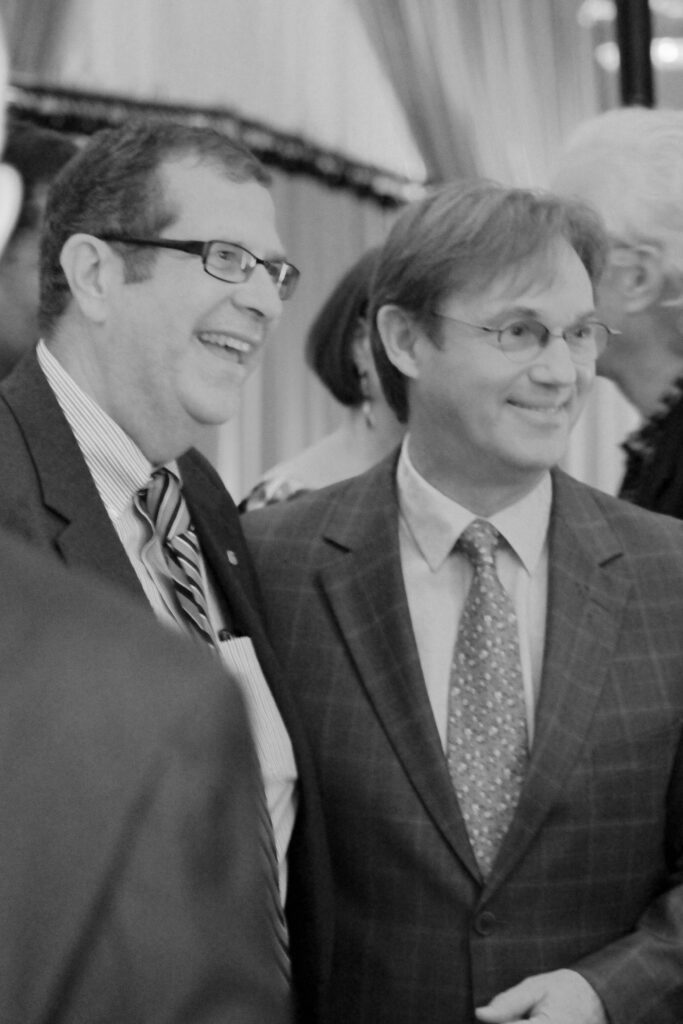
3. **Richard Eckman: Strategic Acumen and Seizing Market Opportunities**Richard Eckman’s financial journey began with a vivid image: a Fidelity Investments ad depicting a woman biting into pizza, with the promise that “this pizza will be worth $14,800” in 35 years. As a young engineer in Silicon Valley, this ad sparked a profound commitment to his 401(k). Having finished college in 1984, he drove to Mountain View, California, with a mere $200 borrowed from his dad to take a job in semiconductors with a starting salary of $34,000.
Inspired, he raised his 401(k) contribution rate to 15% of his income, benefiting from an employer match of the first 3%. Eckman inherited a powerful lesson from his father: “saving money was just another bill that had to be paid, but you were paying yourself.” This belief fueled an obsession, to the point where, he admitted, “sometimes there would not be food in the fridge, because I was so obsessed with saving, but I never backed off.” This unwavering discipline laid a robust foundation for his future wealth.
Eckman’s career evolved, moving through different employers and into sales engineering, but one constant remained: “he never missed a year of retirement saving.” Beyond consistent contributions, two instances of what he called “dumb luck” significantly boosted his portfolio. The first was in 2008 when, while changing brokers, he moved all his retirement savings into cash. Before he could reinvest, the market crashed, allowing him to put his money back in when the stock market was down a remarkable 40% from its peak, effectively dodging the Great Recession.
His second stroke of “luck” was more a testament to keen observation and decisive action. In 2013, fuming over long lines at Costco, he quipped, “So, I went home and I bought 100 shares of Costco… The next month, the lines were longer, and I bought 100 more shares.” Costco became his first “10x stock,” multiplying tenfold in value. Crucially, Eckman also avoided many common financial calamities: “There was no devastating divorce. There were no disasters. No medical problems. No relatives in dire straits. So, I guess some of the good luck is there.”
Richard Eckman retired a month before his 59th birthday, now 62 and living in San Jose, building a second home and making wine. His reflection on wealth is profound: “I realized I can make more money, and it wouldn’t matter. But I can’t make more time.” His story underscores the potent combination of consistent saving, strategic market timing, and a bit of good fortune.

4. **Elisa Brown: The Power of “Doing Nothing” with Consistent Growth**Elisa Brown, a 49-year-old from Amarillo, Texas, defies the stereotype of the high-earning millionaire. She achieved 401(k) millionaire status without ever earning a six-figure salary. Her career began in 2000 as a flight attendant with Southwest Airlines, a “naive 24-year-old that basically just wanted to fly for free.” Her pivotal moment came from an old college friend’s simple advice: open a 401(k) when eligible and contribute as much as the company would match.
Southwest Airlines offered a generous dollar-for-dollar match on 401(k) contributions up to 7.3% of her salary. After a year, Brown opened her account, starting with 8% of her pre-tax pay and later increasing it to 10%. Her secret? The “out of sight, out of mind” approach. “I never saw it. It just continued to grow,” she explained, highlighting the power of automation and discipline in her savings strategy. This passive accumulation allowed compounding interest to work its magic over a substantial period.
Twenty-five years later, her balance had flown past $1 million. Brown credits her success to three key factors: her employer’s generous match, which significantly amplified her contributions; investing in stock market index funds, which track the performance of the market as a whole; and, critically, a quarter-century of continuous contributions. Perhaps most importantly, Brown never touched her retirement account, embodying the powerful principle that “Doing nothing is doing something.”
Elisa eventually married the college friend who first gave her the crucial advice, and he, too, is now a 401(k) millionaire. Together, their net worth exceeds $2 million, a testament to their shared financial philosophy. “We don’t keep up with the Joneses,” Brown stated, reflecting her frugal upbringing and savvy economizing. She proudly affirms, “Our net worth is over $2 million, and I went to the thrift store today,” showcasing that wealth doesn’t necessitate lavish spending.
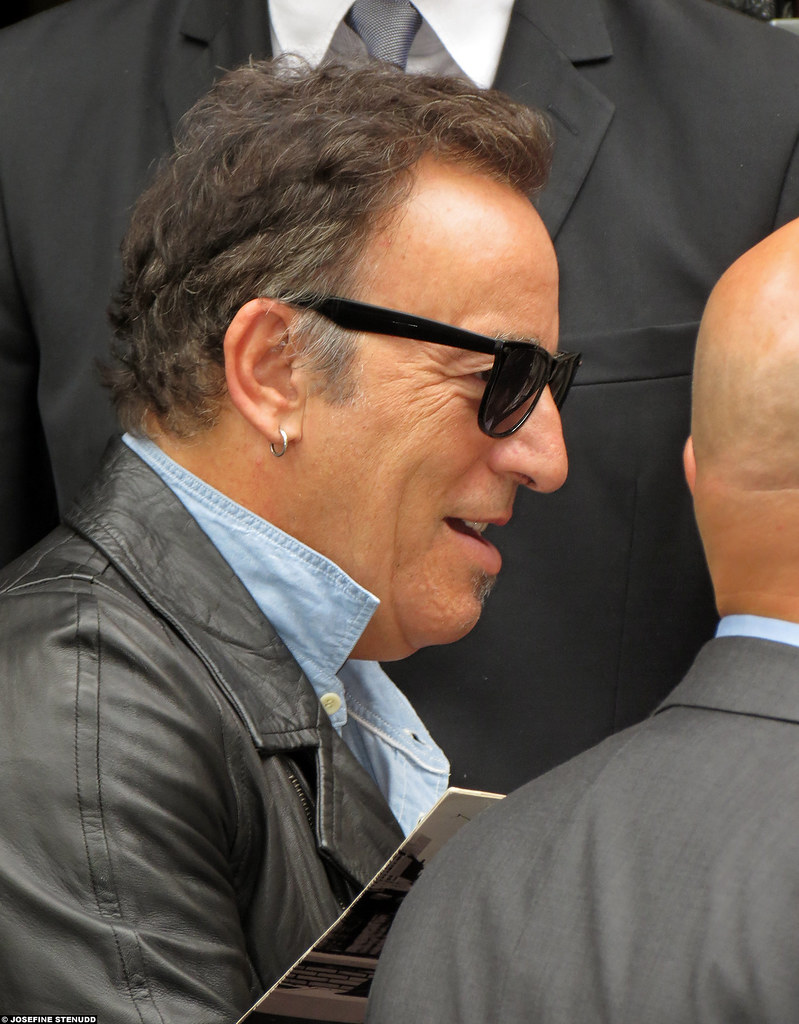
5. **Bruce Scott: Incremental Progress and Union-Backed Wisdom**Bruce Scott of Covina, California, provides another compelling example of long-term consistency within a stable corporate environment. He was fortunate to spend his entire career at a large company, Pacific Bell, which offered a robust 401(k) plan. When he joined in 1991, fresh out of the Army and looking to establish himself, the employee union was instrumental in educating him about the company’s workplace retirement plan.
Initially, Scott found it challenging to spare even 5% of his $37,000 annual paycheck for the 401(k), especially with a wife and two small children. However, he made a powerful promise to himself: “Every time he got a pay raise, he’d divert some of it to his 401(k).” This disciplined, incremental strategy became the cornerstone of his wealth building. With each raise, Scott diligently boosted his contribution rate by 1% or 2%.
Over the years, this commitment saw his contribution rate climb to an impressive 16% of his salary. With the company’s match, his total savings rate reached 22%. This consistent effort, spread over three decades, paid off handsomely. When Scott retired from Pacific Bell after 31 years, his 401(k) was valued at $550,000. But that wasn’t the full picture.
He also cashed out his pension, which contributed another $545,000, effectively catapulting him into the ranks of 401(k) millionaires. Scott credits his union for staging regular expert presentations on retirement saving, emphasizing that “The earlier you start planning, the more education you get, the less scary it is, and the more control you’re gonna feel over the decision when it comes.” His ultimate takeaway for aspiring savers: “Starting early is the biggest thing.”
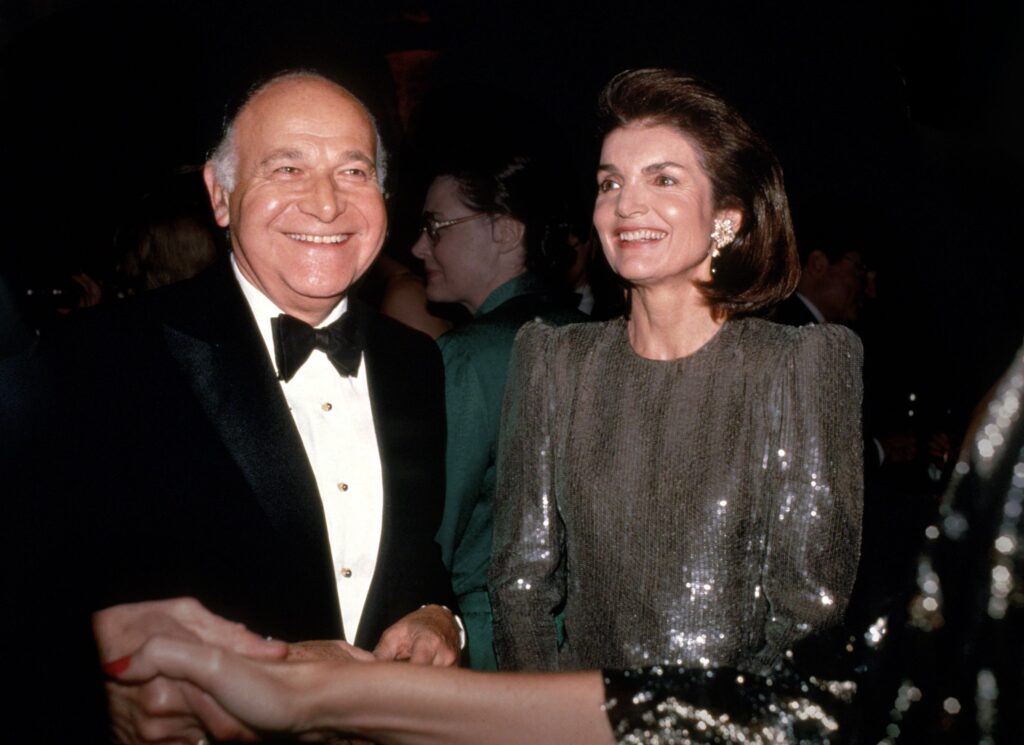
6. **Jackie Borja: Maxing Out Multiple Accounts on a Modest Salary**Jackie Borja’s story from Los Angeles is a testament to the power of an early start, consistent saving, and a unique psychological trick. At just 22, she opened an IRA, inspired by her mother’s frugal wisdom. Her mom, a billing clerk, and her father, an industrial tools salesman, exemplified financial prudence by keeping cars for 20 years and never buying a new TV. They instilled savings habits in their children, with Jackie marveling as her birthday money grew year after year in her own account.
At 26, Borja secured a job as a high school counselor, granting her access to a 403(b), the public-employee equivalent of a 401(k). Now with two retirement accounts, she didn’t hesitate. She made the strategic decision to “max them out, contributing as much as she was allowed” to both. This aggressive approach to saving, even on a high school counselor’s salary, demonstrates a fierce commitment to her financial future.
Borja’s success was also rooted in a profound mindset: “But my mindset was that it was not my money.” By mentally separating these funds from her immediate spending, she resisted the temptation to raid her accounts, a pitfall that derails many savers. This psychological distance allowed her savings to compound uninterrupted, leading to remarkable growth.
Through maxing out her contributions to two retirement accounts, Jackie Borja amassed $1 million in retirement savings in approximately 20 years, all while working as a high school counselor. She retired last year at 55, and now, at 56, she “has retirement money to burn.” With a school system pension set to begin at 62 and full Social Security benefits thanks to a recent law change, Borja’s story is a powerful illustration of aggressive, early saving combined with a disciplined mindset, proving that consistent effort truly pays off. She emphatically states, “You need to start early.”

7. **Walt Disney: From Utter Ruin to Global Entertainment Empire**The name Walt Disney conjures images of magic, imagination, and a sprawling entertainment empire. Yet, the man behind the magic faced profound financial devastation early in his career. In 1923, his first film company met a crushing fate, going bankrupt. This wasn’t merely a setback; it was a total collapse. Disney found himself in a dire situation, losing all his money and unable to even pay his rent.
This period represented rock bottom for the visionary animator, a stark contrast to the global icon he would become. It was a moment of profound public failure and personal hardship that could have easily extinguished his dreams. Many would have given up, but Disney possessed an indomitable spirit and an unyielding belief in his creative vision, a characteristic often found in those who ultimately achieve great financial comebacks.
With only $40 in his pocket, Walt Disney made the monumental decision to move to Hollywood. There, he started fresh, founding Disney Brothers Studio with his brother Roy. This humble beginning, born out of the ashes of bankruptcy, would eventually blossom into The Walt Disney Company, a multi-billion dollar conglomerate that has shaped global culture for decades. His journey embodies the ultimate comeback, demonstrating that severe financial struggle can indeed be the crucible from which extraordinary success is forged.
Walt Disney himself reflected on these early challenges, offering a powerful perspective: “I think it’s important to have a good hard failure when you’re young.” His story isn’t just about recovering from bankruptcy; it’s about transforming absolute financial ruin into a foundation for an unprecedented and enduring legacy, driven by resilience, creativity, and the courage to start again, proving that sometimes, hitting rock bottom provides the most solid ground for rebuilding.
The journey from financial despair to dazzling millionaire status often seems like a myth, a tale reserved for the privileged or the preternaturally lucky. We hear whispers of immense wealth, yet often dismiss it as an unattainable dream, especially for those who start from scratch. But what if we told you that reaching a seven-figure balance isn’t just a fantasy? What if it’s a reality forged by ordinary people who dared to defy their circumstances?
These aren’t fables spun by firelight; they are the raw, often brutal, chronicles of transformation, proving that financial breakthroughs are within reach, regardless of where you begin. From individuals juggling minimum wage jobs to those facing monumental business failures, these stories shine a spotlight on the grit, the genius, and the sheer, stubborn will that rewrites financial destinies. They remind us that the air at the peak of financial mountains often tastes of iron—the iron of discipline, resilience, and an unbreakable mindset.
Forget the gilded narratives and the overnight success myths. We’re diving deep into the heart of real-life financial metamorphoses, dissecting the practical strategies and profound mindset shifts that turned seemingly impossible dreams into tangible wealth. Get ready to be inspired by those who not only navigated the tumultuous waters of financial hardship but emerged as beacons of success, offering a blueprint for your own journey from broke to millionaire. Your path to building wealth from the ground up starts right here.

8. **Oprah Winfrey: From Poverty to Media Mogul**Oprah Winfrey’s story is an electrifying testament to transforming profound adversity into unparalleled success, a journey that deeply resonates with anyone who believes their past dictates their future. Growing up in extreme poverty, she faced hardships that would break most spirits, yet she emerged with a resolve that would shake the media landscape. Her early life was a crucible, forging an unyielding determination to rise above her circumstances and redefine what was possible.
Her career path was not without its brutal rejections. Famously, she was fired from her job as a television reporter because she was deemed “unfit for TV,” a label that could have extinguished the dreams of a lesser individual. This public failure, a direct challenge to her professional identity, became a pivotal moment rather than a permanent roadblock. It forced a redirection, a re-evaluation, and ultimately, a forging of her unique path.
Instead of succumbing to the criticism, Oprah channeled her experiences into a powerful connection with her audience, transforming her vulnerability into strength. She went on to host her own talk show, a platform that broke all records and became the highest-rated program of its kind in history. Her authenticity and empathetic approach resonated globally, turning her show into a cultural phenomenon that reshaped television.
Today, Oprah is not just a household name; she is a billionaire media executive, an entrepreneur, and a philanthropist. Her empire spans television, magazines, and digital media, all built on the foundation of turning her “wounds into wisdom.” Her journey vividly illustrates that the most impactful financial breakthroughs often stem from overcoming deep personal and professional challenges with an unwavering spirit and a profound commitment to self-belief.
Read more about: Not a Story but the Truth: 10 Beloved Celebrities Whose Past Might Surprise You

9. **Steve Jobs: Fired from His Own Company**The tale of Steve Jobs is a powerful narrative of entrepreneurial resilience, where a founder’s deepest professional humiliation became the catalyst for an even greater ascent. In 1985, Jobs was unceremoniously fired from Apple, the very company he had co-founded. Imagine the crushing blow of being ousted from your own creation, a public rejection that could easily lead to irreparable self-doubt and retreat from the public eye.
For Jobs, this period was characterized by a profound sense of failure and rejection. It wasn’t just a job loss; it was a perceived loss of identity, a stark contrast to the revolutionary visionary he was destined to be. Yet, instead of letting this define him, he embraced it as an opportunity for reinvention, a chance to shed the constraints of what was and to explore what could be, free from the institutional confines of Apple at that time.
This setback ignited a new chapter of innovation. Jobs went on to found NeXT Computer, a venture that pushed technological boundaries, and, perhaps even more famously, Pixar Animation Studios, which revolutionized the world of animated film. These experiences honed his leadership, refined his vision, and deepened his understanding of both technology and creativity, setting the stage for his eventual, triumphant return.
His return to Apple saw him lead the company to unprecedented heights, transforming it into one of the world’s most valuable companies with iconic products like the iPod, iPhone, and iPad. Steve Jobs’s journey is a stark reminder that sometimes, life will “hits you in the head with a brick.” But as he famously advised, the key is “Don’t lose faith.” His story is an enduring symbol of how resilience and relentless pursuit of vision can transform public failure into an extraordinary, enduring legacy.
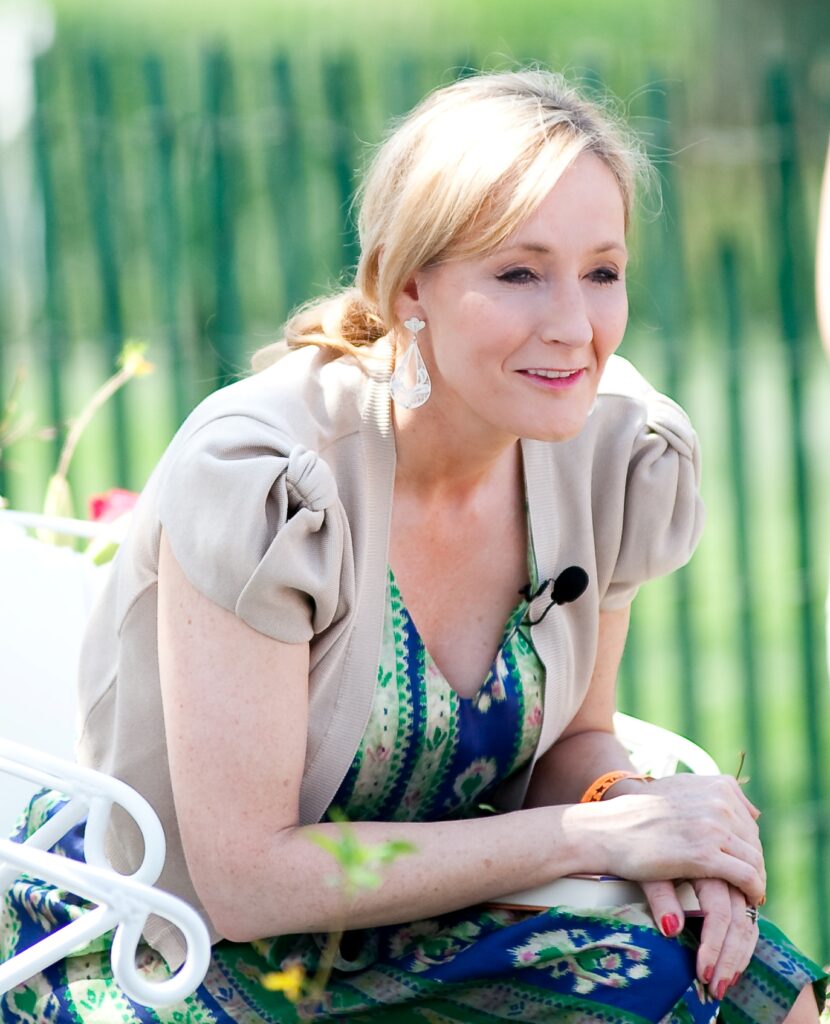
10. **J.K. Rowling: From Welfare to Wizarding World**J.K. Rowling’s path to becoming one of the world’s most beloved and successful authors is a poignant illustration of how profound financial hardship and personal struggle can fuel an unshakeable creative vision. In the early 1990s, she found herself in an incredibly difficult position: a single mother living on welfare, grappling with clinical depression, and struggling desperately to make ends meet. This was rock bottom, a place where many would find their dreams extinguished.
The daily grind of poverty and emotional distress was immense, making the act of writing, let alone imagining a global phenomenon, an almost heroic effort. She wrote fragments of her magical world in cafes, fueled by coffee and an unwavering belief in the story she carried within her. Her commitment to her craft, despite overwhelming odds, showcases a deep internal fortitude that refused to be silenced by her outward circumstances.
It was during this period of intense struggle that Rowling penned the first book of the Harry Potter series, transforming her imagination into a lifeline. The story, initially rejected by numerous publishers, eventually found a home, and the rest, as they say, is history. The wizarding world she created became a global phenomenon, captivating millions and catapulting her from welfare to becoming one of the world’s bestselling authors, with an estimated net worth well over a billion dollars.
Rowling herself has reflected on this period, stating, “Rock bottom became the solid foundation on which I rebuilt my life.” Her journey is a powerful testament to the idea that severe financial strain and personal crisis can, paradoxically, provide the most solid ground for an extraordinary comeback. It underscores the incredible power of resilience, the transformative nature of storytelling, and the sheer human will to create even when faced with overwhelming adversity.
Read more about: From Scarcity to Stardom: 12 Inspiring Journeys of Resilience and Remarkable Success
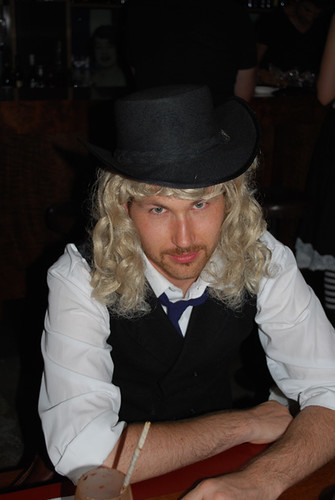
11. **Airbnb: Recession-Born Success**The genesis of Airbnb is a compelling narrative of entrepreneurial ingenuity sparked directly by financial strain and a global economic downturn. In 2008, Brian Chesky and Joe Gebbia, two aspiring entrepreneurs, found themselves in a precarious situation, struggling to pay their rent in expensive San Francisco. The impending Great Recession only exacerbated their financial woes, making conventional solutions seem out of reach.
Facing eviction, they didn’t resort to traditional job searching or despair. Instead, they looked at their immediate environment and saw an opportunity. With a major design conference coming to town and local hotels booked solid, they inflated air mattresses in their apartment and rented them out to attendees, offering breakfast as an added perk. This unconventional solution to a personal financial crisis laid the unexpected groundwork for a multi-billion dollar enterprise.
This simple, yet revolutionary idea—to connect travelers with locals offering spare rooms—addressed a dual problem: hosts needing extra income and travelers needing affordable accommodation. It was a classic example of identifying an unmet need and creating a market solution. Their initial act of necessity quickly evolved into a scalable business model, demonstrating remarkable adaptability and an ability to see potential where others saw only problems.
Today, Airbnb is valued at billions, a global behemoth that has transformed the hospitality industry. Its story is a vivid reminder that some of the most successful ventures are born from moments of desperation and economic uncertainty. Brian Chesky’s philosophy, “Build something 100 people love, not something 1 million people kind of like,” encapsulates their focus on deep user value, proving that resilience and creative problem-solving during a crisis can lead to truly monumental financial success.
.jpg/440px-Richard_Branson_March_2015_(cropped).jpg)
12. **Richard Branson: Dyslexic Dropout to Virgin Empire**Richard Branson’s journey from a dyslexic school dropout to the head of the colossal Virgin Group is an inspiring saga of unconventional thinking, relentless risk-taking, and an unwavering belief in his vision. Having left school at 16 due to his dyslexia, Branson’s academic struggles were often perceived as a disadvantage, yet they arguably fostered the very creative, problem-solving mindset that would define his entrepreneurial career.
His early business ventures, including a student magazine and a mail-order record company, were plagued with numerous setbacks and brushes with bankruptcy. These weren’t minor hiccups; they were significant financial challenges that tested his resolve time and again. Many would have folded under such pressure, but Branson demonstrated an extraordinary ability to pivot, learn from mistakes, and maintain an optimistic outlook, often viewing obstacles as mere detours.
What distinguishes Branson is his audacious spirit and his willingness to enter diverse industries, from music and airlines to telecommunications and space tourism. He famously built the Virgin Group by identifying sectors ripe for disruption and infusing them with a distinct, customer-centric brand identity. His entrepreneurial courage, even in the face of near-financial ruin, allowed him to continually expand his empire.
Today, the Virgin Group controls more than 400 companies worldwide, a testament to Branson’s relentless drive and his philosophy that “Business opportunities are like buses, there’s always another one coming.” His story is a vibrant illustration that traditional academic success is not a prerequisite for financial greatness, and that true entrepreneurial resilience lies in a fearless embrace of challenges and a perpetual pursuit of new opportunities.

13. **Lisa Price: From Kitchen Experiments to Beauty Empire**Lisa Price’s ascent from creating fragrances in her kitchen to building a multi-million dollar beauty brand is a beautiful example of turning a personal passion into a formidable financial success. In the early 1990s, while working behind the scenes on “The Cosby Show,” Price indulged her creative side by experimenting with homemade fragrances and lotions in her free time. This was more than a hobby; it was an intuitive exploration of natural beauty products.
Initially, her entrepreneurial efforts were modest, selling her creations at flea markets. This stage, common for many burgeoning businesses, was a period of struggle, trying to transform a passionate side hustle into a viable, sustainable enterprise. It required immense dedication, countless hours of work outside her regular job, and the courage to put her handcrafted products out into the competitive world.
Price’s breakthrough came as word of mouth spread and demand for her unique, high-quality products grew. She tapped into a niche market for natural hair and body care, particularly for women of color, that was underserved by mainstream brands. Her dedication to authentic ingredients and customer satisfaction allowed her brand, Carol’s Daughter, to flourish from a kitchen-based operation into a prominent name in the beauty industry.
Carol’s Daughter eventually became a multi-million dollar beauty brand and was ultimately acquired by global beauty giant L’Oréal. Lisa Price’s journey encapsulates the power of starting small, believing in one’s product, and persevering through the initial struggles of entrepreneurship. Her advice, “Don’t be afraid to take the path less traveled,” perfectly summarizes her innovative spirit and her ultimate financial triumph.
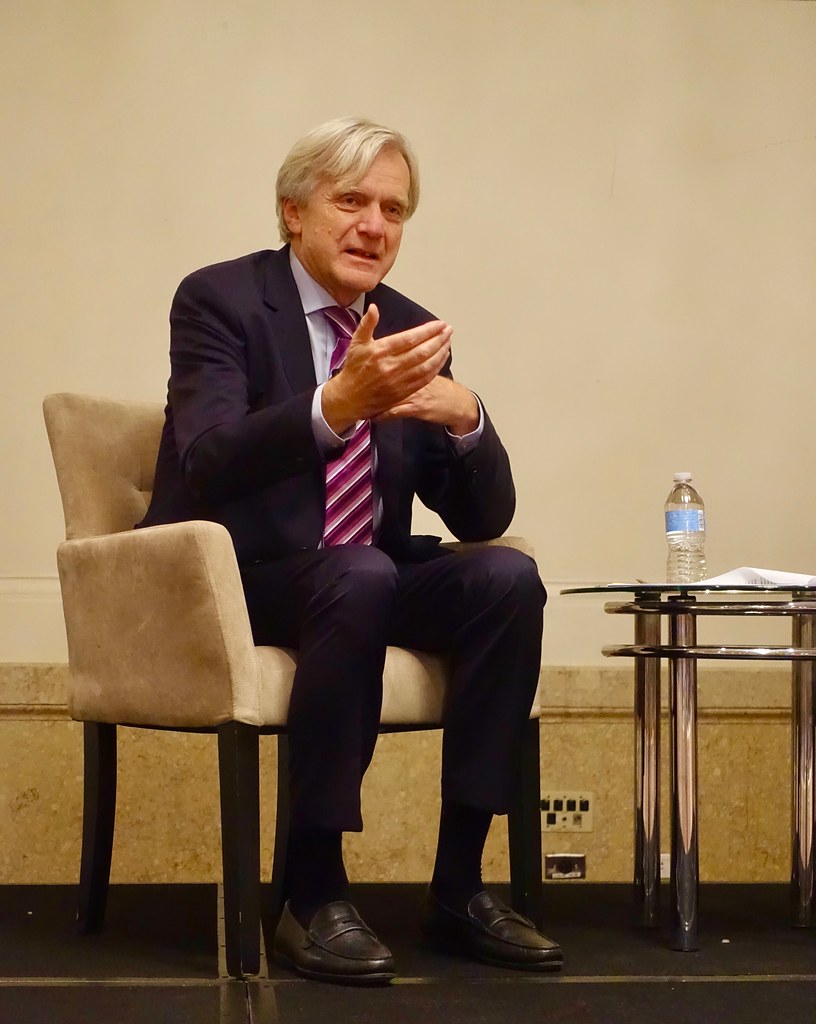
14. **Andy Force: Rewiring the Mental Blueprint for Wealth**Andy Force, the founder of Sons of Universe, offers a compelling personal account of how a profound shift in mental blueprint can rescue a business from the brink of collapse and open floodgates to unexpected financial flows. His digital business was staring down the barrel of imminent failure, just 60 days away from shutting down for good. This was a moment of acute despair, where the tangible threat of financial ruin loomed large.
In this crucible of desperation, Force turned to an unconventional solution: Natalie Ledwell’s early MindMovies releases. Initially skeptical, he was driven by the realization that he “had nothing to lose.” This openness to new methodologies, even when facing dire circumstances, proved to be his turning point, moving beyond traditional hustle tactics to address deeper, subconscious blocks.
What he discovered was a structured system that helped him identify and dismantle the ingrained “money blocks” he had unconsciously cultivated. He realized he was repeating old patterns of burnout, self-doubt, and passively waiting for miracles, rather than actively rewiring his mental approach to wealth. This realization was not merely intellectual; it was a profound shift in his internal dialogue and expectations.
Within weeks of diligently applying the MindMovies system, Force witnessed surprising financial manifestations. A past client referred him to new business, he successfully negotiated better terms with suppliers, and, most importantly, he felt a genuine, sustained sense of hope. His story serves as a powerful testament that even in the toughest hour, strategically investing in re-wiring one’s beliefs around money can transform impending failure into a vibrant, thriving financial reality.
These incredible narratives, from media moguls who defied rejection to entrepreneurs who built empires from air mattresses, underscore a profound truth: the journey from financial struggle to millionaire status is less about luck and more about an unyielding spirit. Each story illuminates diverse pathways to financial breakthroughs, be it through entrepreneurial grit, strategic risk-taking, or the transformative power of a rewired mindset. They collectively demonstrate that financial freedom isn’t just a dream; it’s a destination achievable through resilience, innovative thinking, and an unwavering belief in your own capacity to rewrite your money story.





